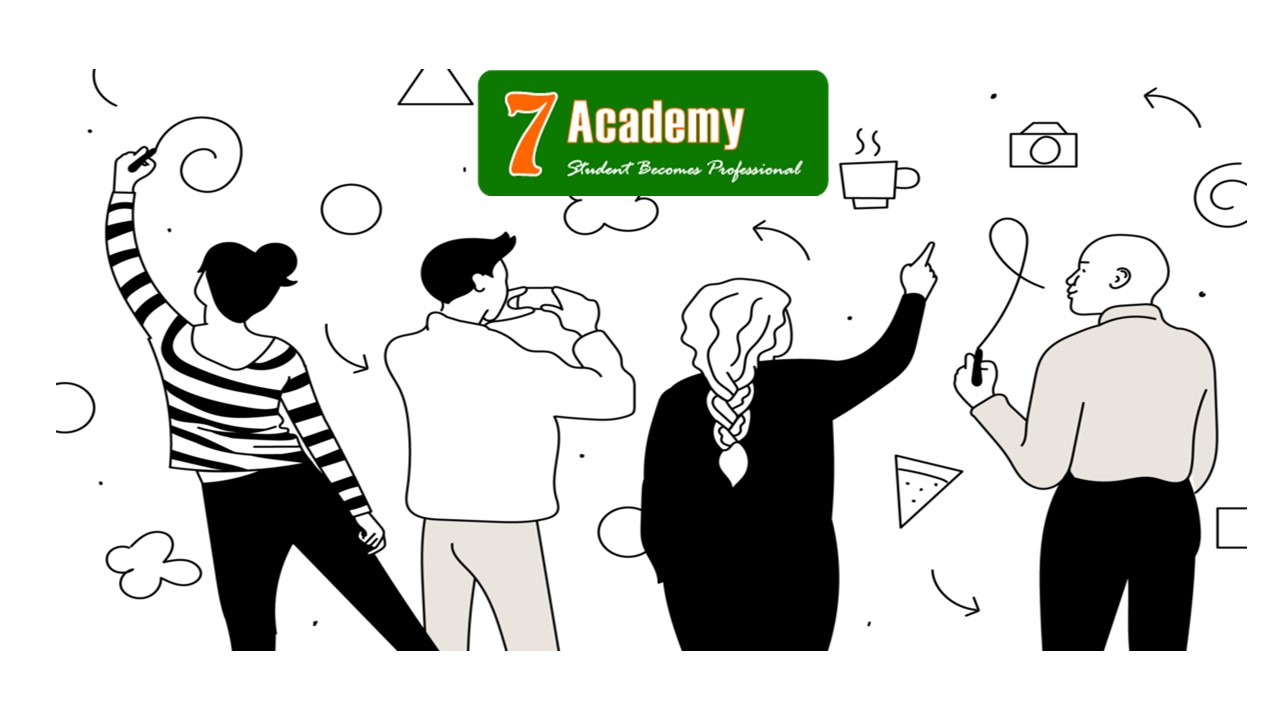Why practical Human Resource Training Is better Compared to other methods of training
Posted on: October 03 2018, By : Shriniket Shetty

Training,HR Courses in Mumbai new and existing employees can be a company’s biggest challenge, especially in a rapidly changing business environment. There are many ways to train employees and the organisation must define what kind of training they want to conduct based on what kind of work field they are invested into. The most effective training method according to many organisations is the one in which the individuals are engaged in hands on or interactive or more practical way.
Jumping right into work from day one can sometimes be the most effective type of training. On-the-job training gives employees motivation to start the job. Some reports indicate that people learn more efficiently if they learn hands-on, rather than listening to an instructor. However, this method might not be for everyone, as it could be very stressful. Now most individuals within the organisation might think that traditional methods of training that is generally conducted by an organisation is not going to be as effective as the current standards of modern methodology of conducting training, while this might not be true to at least sixty percent of the fact but it is also not wrong for the rest of it.
Practical methodology of training is more and more usable and proficient in this generation of massive technological output and relaxed usage of it. Practical applications of methodology derived from the books and used in reality can be much more efficient this way and this also makes the concepts within the training much more understandable and applicable in the long term visual aspect of it.
Training of individuals with these systematic traditional action and interactive based methods becomes necessary through the variations of the techniques available at hand by the organisation while also making sure that the organisation is able to provide these individuals with the skills required to perform the job better and improve on it throughout the working experience. There is this concept that whenever new and training employees are introduced to the organisation they are considered a problem and can also be generalised as a problematic firecracker of a company’s biggest challenge, especially in a rapidly changing business environment.
There is a lot of opportunity for individuals to get insight of their traditional and active based training from the ones conducting it as they would know the faults and problems within the individuals and can provide in-session feedback to trainers on how well trainees are learning. Hands-on or active training methods are effective for training in new procedures and new equipment. Practical training methods for human resource training are immediately applicable the individuals’ jobs. Human resource training methods allow trainers to immediately determine whether a trainee has learned the new skill or procedure. In the entirety of the topic the concept of conducting training through the modes of practical based methods rather than the sluggish and drag of a method which is in books and manuals is a much better way to ensure that the concepts in training are clear on the individual.
Jumping right into work from day one can sometimes be the most effective type of training. On-the-job training gives employees motivation to start the job. Some reports indicate that people learn more efficiently if they learn hands-on, rather than listening to an instructor. However, this method might not be for everyone, as it could be very stressful. Now most individuals within the organisation might think that traditional methods of training that is generally conducted by an organisation is not going to be as effective as the current standards of modern methodology of conducting training, while this might not be true to at least sixty percent of the fact but it is also not wrong for the rest of it.
Practical methodology of training is more and more usable and proficient in this generation of massive technological output and relaxed usage of it. Practical applications of methodology derived from the books and used in reality can be much more efficient this way and this also makes the concepts within the training much more understandable and applicable in the long term visual aspect of it.
Training of individuals with these systematic traditional action and interactive based methods becomes necessary through the variations of the techniques available at hand by the organisation while also making sure that the organisation is able to provide these individuals with the skills required to perform the job better and improve on it throughout the working experience. There is this concept that whenever new and training employees are introduced to the organisation they are considered a problem and can also be generalised as a problematic firecracker of a company’s biggest challenge, especially in a rapidly changing business environment.
There is a lot of opportunity for individuals to get insight of their traditional and active based training from the ones conducting it as they would know the faults and problems within the individuals and can provide in-session feedback to trainers on how well trainees are learning. Hands-on or active training methods are effective for training in new procedures and new equipment. Practical training methods for human resource training are immediately applicable the individuals’ jobs. Human resource training methods allow trainers to immediately determine whether a trainee has learned the new skill or procedure. In the entirety of the topic the concept of conducting training through the modes of practical based methods rather than the sluggish and drag of a method which is in books and manuals is a much better way to ensure that the concepts in training are clear on the individual.
Share this:



